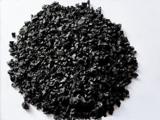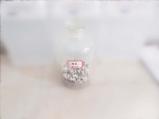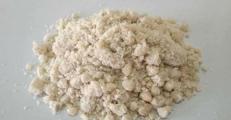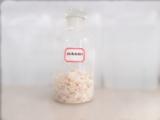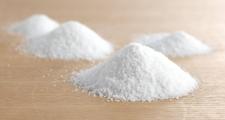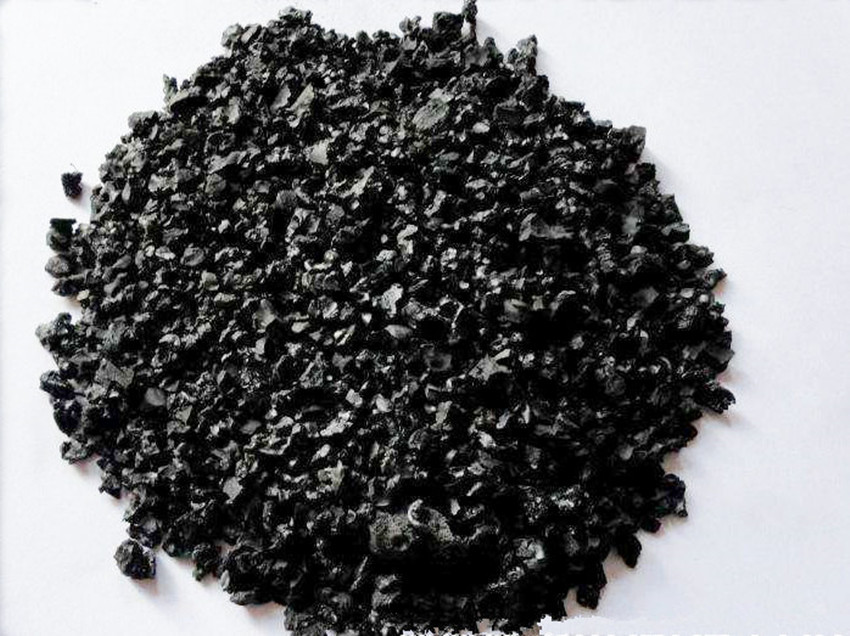
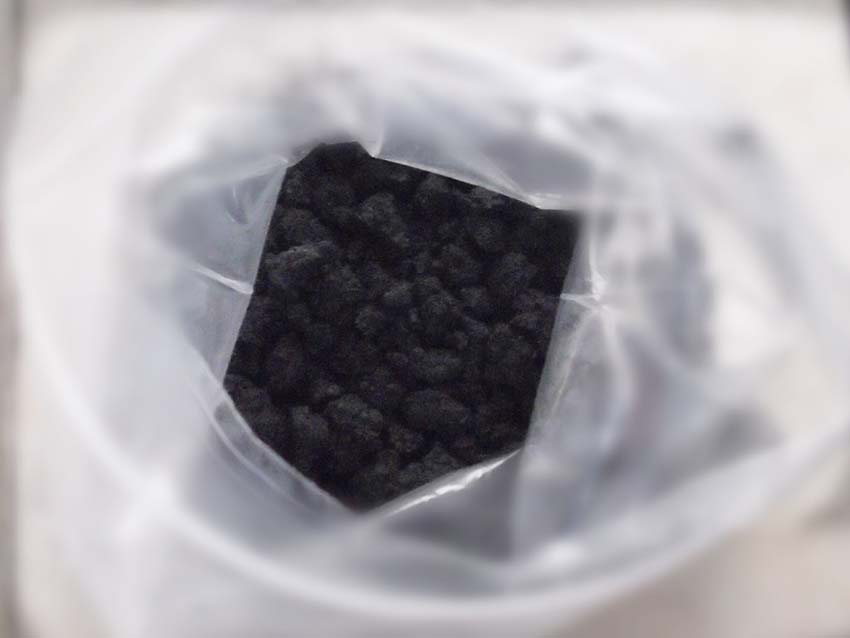
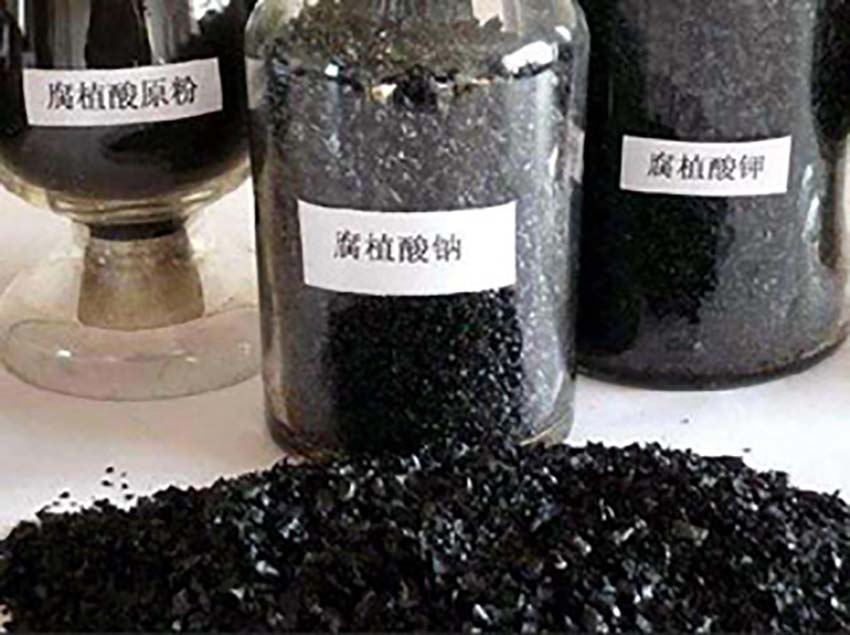



Humic acid sodium salt
sodium humic acid salt, as a multi-functional additive in ceramic industry, can not only improve production efficiency and product quality, but also save raw materials, energy and time. It is an efficient and indispensable new additive.
- model: +86-18954444620
Humic acid sodium salt is a multi-functional macromolecular compound formed by chemical refining of weathered coal. It contains hydroxyl, quinone group, carboxyl group and other active groups, with large internal surface area and strong adsorption, exchange, complexing and chelating capacities. In the ceramic industry, sodium humic acid salt mainly has the following functions:
Dilution * *: After sodium humic acid salt is added to the ceramic slurry, its active anion will be adsorbed on the surface of ceramic particles to disperse the particles, increase the potential of double electric layer and release the water in the slurry structure, so as to play a dilution role and increase the mobility of slurry and glaze by about 50%. It is a good glue remover.
Enhancement effect * *: sodium humic acid salt can change the property of ceramic slurry, reduce the moisture content and porosity of mud blank, reduce the shrinkage during drying, and make the dried mud blank more dense and solid. It can improve the strength of ceramic mud blank by about 80%, reduce the damage of semi-finished products and facilitate the finishing of semi-finished products.
Absorption and binding * *: sodium humic acid salt has colloidal chemical function, so it has strong binding property. Through electron microscopy, humic acid molecule is a loose sponge structure composed of some loose porous spherical particles similar to grape clusters, so it has a large surface area. In this way, the dense mud body has a very strong glaze adsorption capacity, reducing semi-finished product defects such as peeling, pinhole, broken wire, underglaze and shrinkage glaze.
Molded reinforcement * *: Since sodium humic acid salt contains hydrophilic polar groups, a hydrate membrane can be formed in aqueous solution. The humic acid molecule and its hydrate membrane can be firmly absorbed by the mud particle surface, and the sodium humic acid molecule is a loose porous sponge structure, so the mud can be bonded together. In this way, the forming index is increased by more than 40%, making the mud blank easy to form, reducing the cracking of semi-finished products and facilitating mechanized production.
Application of * * in glaze * *: For high viscosity glaze, sodium humic acid salt can adjust its viscosity, overcome the disadvantage of contracting glaze and reduce ball milling time by about 10%.
Application in gypsum mold * *: When pouring the gypsum mold, adding sodium humic acid salt can improve the mechanical strength of the gypsum mold and extend its service life. The flexural strength of the gypsum increases by about 30%; An increase in tensile strength of about 15%; Die usage increased by 30-50%.
Application in Sag Mud * *: When sodium humic acid salt is added to the sag mud, the dry bending strength can be increased by more than 20%, the moisture content of molding can be reduced by about 4%, the damage rate of drying blank can be reduced from 20% to about 2%, and the drying time can be reduced from 6 hours to 3 hours.
To sum up, sodium humic acid salt, as a multi-functional additive in ceramic industry, can not only improve production efficiency and product quality, but also save raw materials, energy and time. It is an efficient and indispensable new additive.
